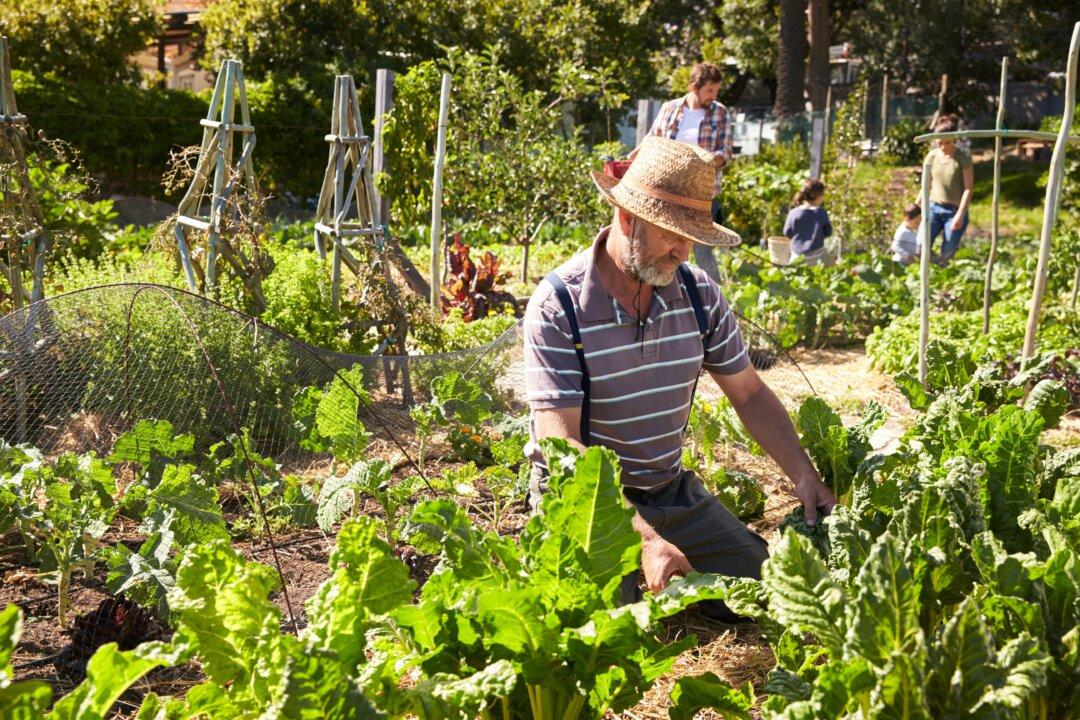Quite often, people dread the coming of winter. The mere thought of those long, dark nights is enough to send us into a depressive tailspin. What little daylight there is gives minimal respite, since the air is cold and damp and the sunshine feels weak.
The trees and shrubs are bare of foliage, flowers are almost nonexistent, and most living beings seem to shut down for the season or escape to warmer climes. Oh, how we long for those long, lazy days of summer!





